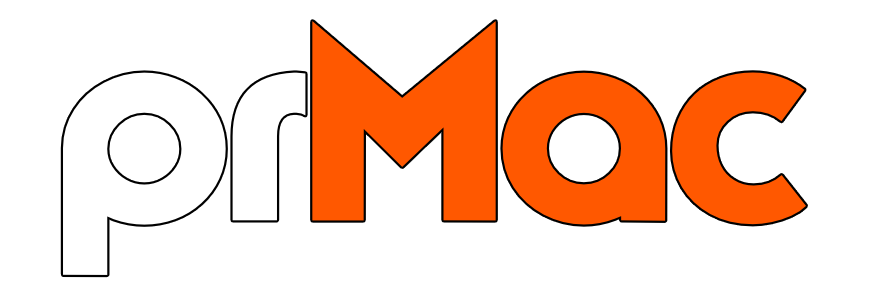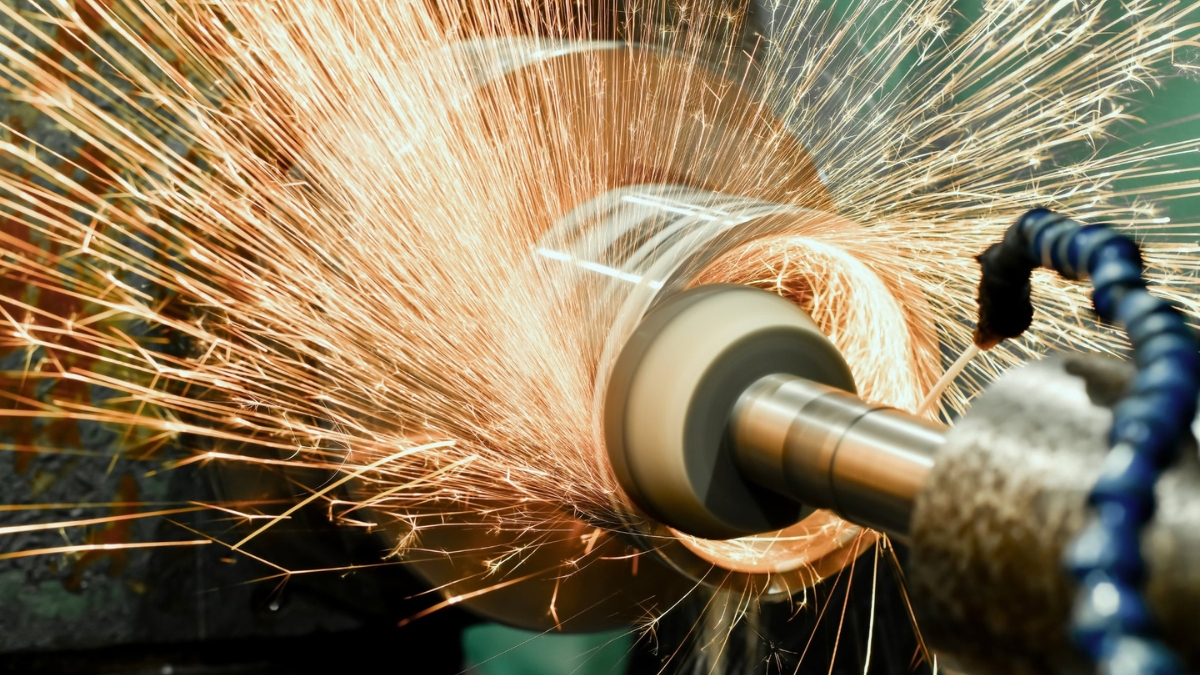Surface finishing processes are vital across numerous industries, from automotive to aerospace, construction to electronics. These processes not only enhance the aesthetic appearance of materials but also significantly impact their functionality, durability, and resistance to corrosion and wear. As technology evolves, new methods of surface treatment continue to emerge, offering more efficient, environmentally friendly, and cost-effective solutions. Understanding the basics of surface finishing and the technologies involved can provide insight into how industries maintain quality and extend the life of their products.
What is Surface Finishing?
Surface finishing refers to a range of industrial processes used to alter the surface of a manufactured item to achieve a certain property. This could be a smoother texture, better adhesion for coatings, enhanced electrical conductivity, or improved resistance to corrosion. Techniques range from mechanical processes like grinding and polishing to chemical treatments such as anodising or electroplating.
Surface finishes are often the final stage in the manufacturing process, ensuring that the product meets the desired functional and aesthetic specifications. A high-quality surface finish can be the difference between a product that fails prematurely and one that performs well over time in demanding environments.
Common Surface Finishing Techniques
Several methods are widely used depending on the application and material involved. Here are some of the most common:
1. Sandblasting and Shot Peening
These techniques involve bombarding the surface of a material with abrasive particles to clean or strengthen it. Sandblasting is used primarily for cleaning, while shot peening helps improve fatigue resistance in metals by inducing compressive stress.
2. Electroplating and Anodising
Electroplating involves coating a metal surface with another metal using electrical current, enhancing both appearance and resistance to corrosion. Anodising, typically used on aluminium, thickens the natural oxide layer, improving both appearance and durability.
3. Polishing and Buffing
Mechanical polishing creates a smooth, shiny surface and is often used for decorative purposes or to reduce friction. Buffing is a finer process that can be used to achieve a mirror-like finish.
4. Chemical and Thermal Treatments
Processes such as passivation, carburising, or nitriding change the chemical composition or microstructure of a surface to improve hardness or corrosion resistance. These are particularly useful in components that are subject to extreme conditions.
Modern Trends in Surface Finishing
As industries demand greater precision and environmentally responsible methods, new technologies have emerged to address these needs. Automated finishing systems now offer consistent, repeatable results with minimal waste. There is also a shift towards dry or low-emission processes that meet stricter environmental regulations.
Furthermore, industries like aerospace and medical manufacturing have stringent requirements for cleanliness and surface uniformity. In these areas, more advanced techniques such as vapour and wet blasting have become increasingly important.
The Rise of Vapour Blasting in Surface Preparation
Vapour blasting, also known as wet blasting or liquid honing, is a highly effective method for cleaning and finishing delicate surfaces. Unlike dry blasting, it combines water with fine abrasive media to gently remove contaminants, oxidation, and surface imperfections without damaging the underlying material.
One of the main advantages of vapour blasting is its ability to preserve the integrity of soft metals such as aluminium, brass, or copper, which might otherwise be distorted or scratched by more aggressive techniques. It’s a popular choice for restoring classic car components, cleaning engine parts, and finishing items used in marine or aviation environments.
The process is also significantly cleaner than traditional dry blasting, as the water captures dust and debris, making it suitable for use in more controlled environments or workshops where air quality and visibility are concerns.
For industries looking to invest in a reliable and efficient surface treatment solution, a vapour blasting machine offers a cost-effective option with impressive results. These machines come in various sizes and configurations, making them adaptable for both small-scale operations and high-volume production lines.
In addition to being safer and more environmentally friendly, a vapour blasting machine also reduces the need for secondary processes like washing or drying, streamlining the overall workflow. With its growing popularity across sectors such as automotive restoration, aerospace, and precision engineering, this technology is poised to become a staple in modern surface finishing.
Conclusion
Surface finishing plays a crucial role in the lifespan and performance of manufactured products. With advancements in techniques and equipment, businesses can now choose from a wide range of options to meet specific industry standards and sustainability goals. Whether it’s through traditional methods or the adoption of newer technologies like vapour blasting machines, enhancing surface integrity remains essential to delivering high-quality, durable, and aesthetically pleasing products.

